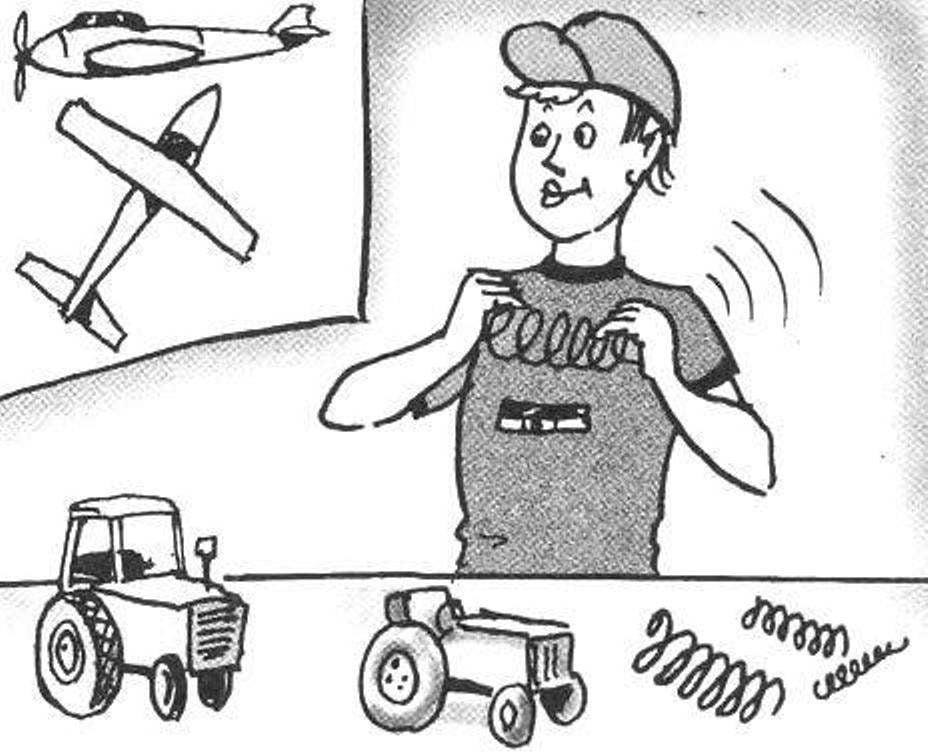 Currently in stores you can easily buy any necessary household products. At the same time, attention and creative efforts of Amateur designers more going on technically complex objects: tractors, ATVs, cars and even airplanes. Changing the homebrew approach to the implementation of the projects; they are not afraid of the need for self-production of complex and accurate parts, which moreover may be subject to strict requirements in terms of strength. One such typical elements present in almost all energy-intensive structures, are cylindrical helical extension springs or compression. In this regard, many of our readers will be interested and, hopefully, it is useful to get acquainted with the methodology developed by the Ukrainian engineer Vladimir Vinichenko, which will help the responsible production of springs with the required quality and accuracy.
Currently in stores you can easily buy any necessary household products. At the same time, attention and creative efforts of Amateur designers more going on technically complex objects: tractors, ATVs, cars and even airplanes. Changing the homebrew approach to the implementation of the projects; they are not afraid of the need for self-production of complex and accurate parts, which moreover may be subject to strict requirements in terms of strength. One such typical elements present in almost all energy-intensive structures, are cylindrical helical extension springs or compression. In this regard, many of our readers will be interested and, hopefully, it is useful to get acquainted with the methodology developed by the Ukrainian engineer Vladimir Vinichenko, which will help the responsible production of springs with the required quality and accuracy.
